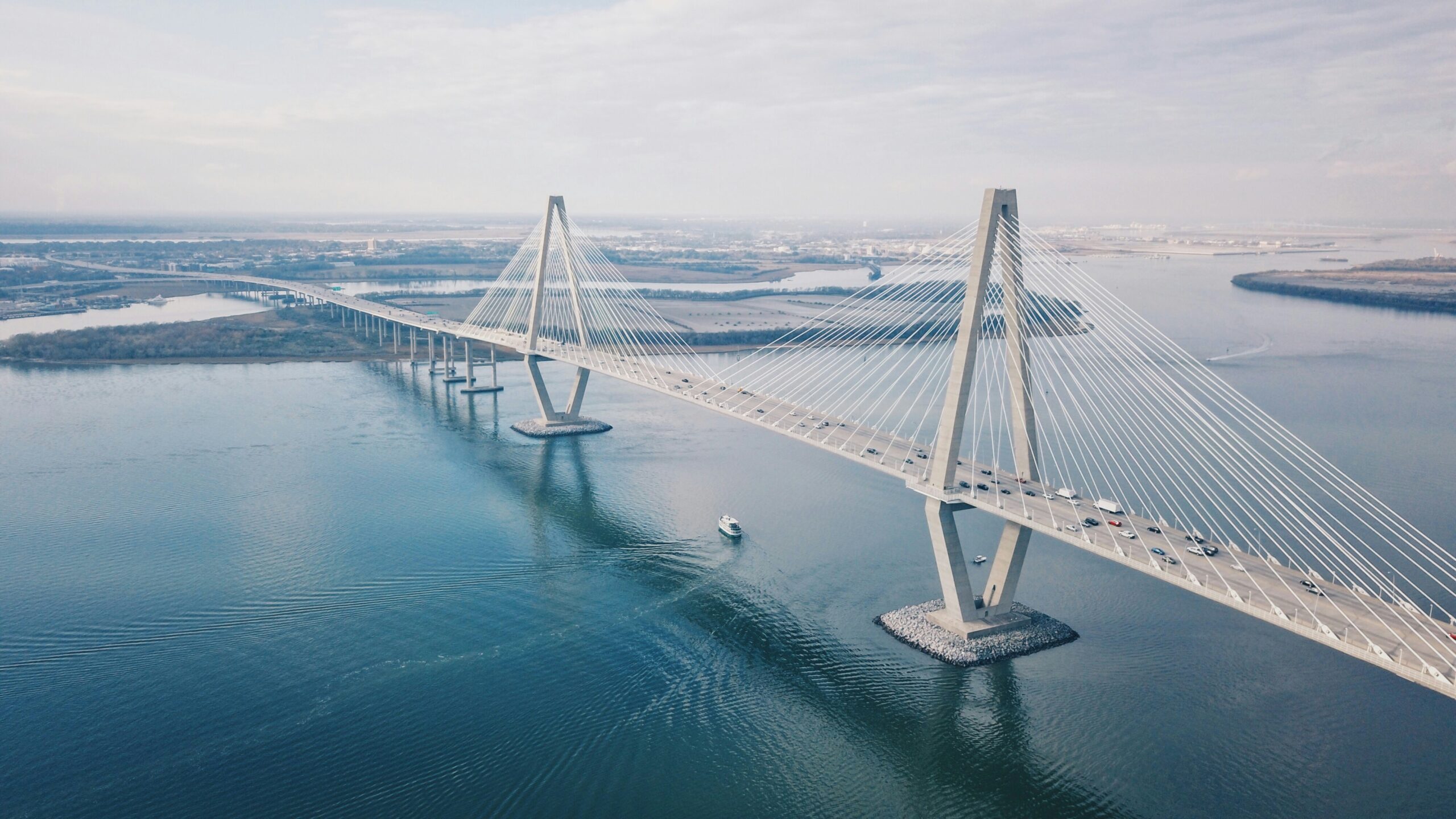Bridge deck overlays – what are they and typical solutions
Services: Bridge Deck Waterproofing
What is a bridge deck overlay?
A bridge deck overlay is a thin layer of material such as asphalt concrete, which is applied over the existing concrete substrate to extend the life of the bridge deck.
Overlays can serve as preventative protection or remedial work on a bridge deck.
Overlays on a new bridge deck
Chemicals from de-icing salts are main cause of bridge deck deterioration, so overlays such as bridge deck waterproofing are added to new bridges to provide further protection. The addition of this waterproof layer creates a more durable surface and protects the bridge from damage through water or chemical ingress.
Overlays on an existing bridge deck
A new bridge has a life expectancy of around 75 years, but wear and tear can significantly reduce this, particularly on the bridge deck due to direct impact from traffic and chemicals. In instances where the bridge deck is in good structural condition, but the top layer has deteriorated, an overlay is used to provide a new surface layer preventing any damage to the structure.
Some overlays can provide structural reinforcements and improve the load carrying capacity of the bridge, without the need for a full deck replacement.
A cost-effective solution
Whether an overlay is being applied as a preventative measure, or for the rehabilitation of existing bridge decks it is a cost-effective solution preserve the functionality and safety of bridges. If bridge decks are not properly maintained the steel or concrete structures can deteriorate, requiring costly repairs and lengthy traffic interruptions. A bridge deck overlay is typically a fraction of the cost of complete repairs and can applied within hours, providing minimal disruptions.
Common bridge overlay materials
Asphalt concrete – Composed of a mixture of asphalt binder and aggregates. A low-cost, flexible product that provides excellent skid-resistance. This overlay has the lowest service life, typically 5-10 years.
Latex modified concrete – Typically Portland Cement concrete modified with latex polymers. When compared with conventional concrete overlays, LMC offers enhanced durability, crack resistance and bonding strength. Providing that the deck has less than 2lb/yd3 of chloride ion at the rebar, the average service life of LMC is around 20 years.
Epoxy Overlays – Epoxy resins mixed with aggregates. These overlays are known for their high strength, chemical/water resistance and rapid curing properties. Epoxy overlays typically last for 20 years and are often used as a waterproofing layer on new or existing decks.
Polymer overlays – Typically methyl methacrylate (MMA) mixed with aggregates. These overlays offer fast curing times and high friction coefficients, but may not be suitable for bridges with existing chloride contamination or deck surface defects. Polymer overlays have an average service life of between 15-20 years when applied to the recommended standards.
Fiber-reinforced polymer Overlays – Lightweight, high-strength fibres embedded in a polymer matrix. Typically used for structural reinforcements due to its strength-to-weight ratios and corrosion resistance. The typical service life of FBR is 20-25 years.
The selection of overlay materials will be dependant upon a number of factors, including the condition of the existing deck, traffic loads and environmental exposures. If you have a bridge deck project that you need some assistance with contact us today.
